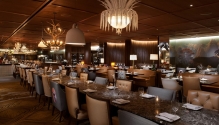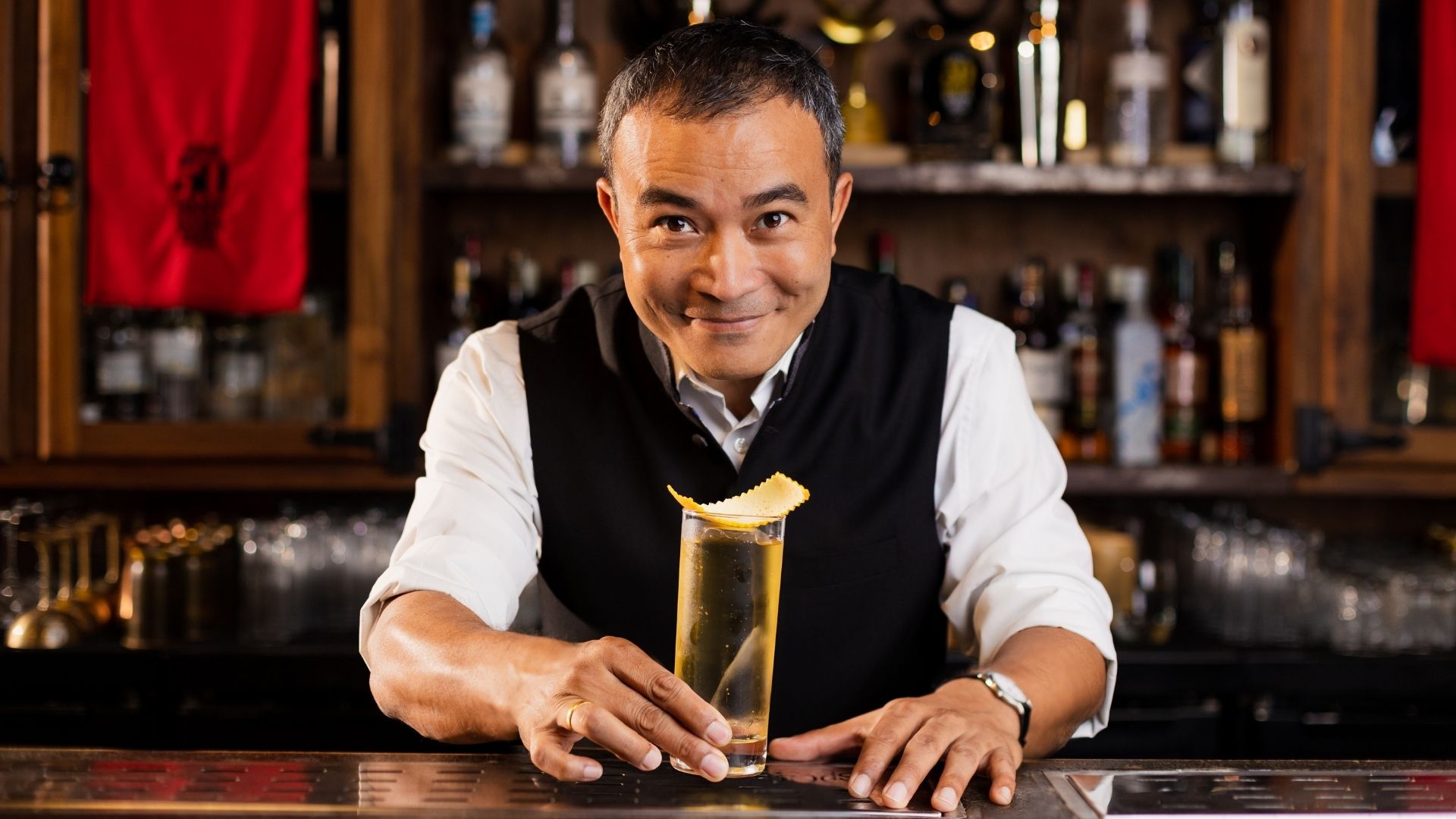The Bar Entrepreneur Redefining India’s Cocktail Culture
From the misty hills of Darjeeling to the forefront of India’s bar revolution, Yangdup Lama has woven craftsmanship, local flavour, and cultural storytelling into his craft. He speaks to SOH about the forces shaping India’s evolving bar scene.
By Deepali Nandwani
Yangdup Lama, along with a handful of others, has helped shape India’s craft cocktail culture. His bars, often called "bartender's bars," are creative hubs prioritising craft over spectacle, drawing on Himalayan heritage and local produce. He co-owns and leads award-winning venues like Sidecar, The Brook, and The Old House in Nepal, pioneering standalone cocktail bars in a market once led by hotel lounges.
His journey from hotel management graduate to global beverage influencer reflects passion, perseverance, and innovation. He is the first Indian featured in Drinks International’s Bar World 100 for three years, and, in 2024, the first Indian recipient of Asia's 50 Best Bars' Roku Industry Icon Award for his impact on the sector.
Beyond bars, Lama co-founded Cocktails & Dreams in 2000—a mobile bartending service that evolved into Thirsty Three Hospitality, a consultancy and trainer for brands like Diageo and Bacardi—marking his entrepreneurial start. He also co-founded India Bartenders Week (launched in 2025) to celebrate the bartending community.
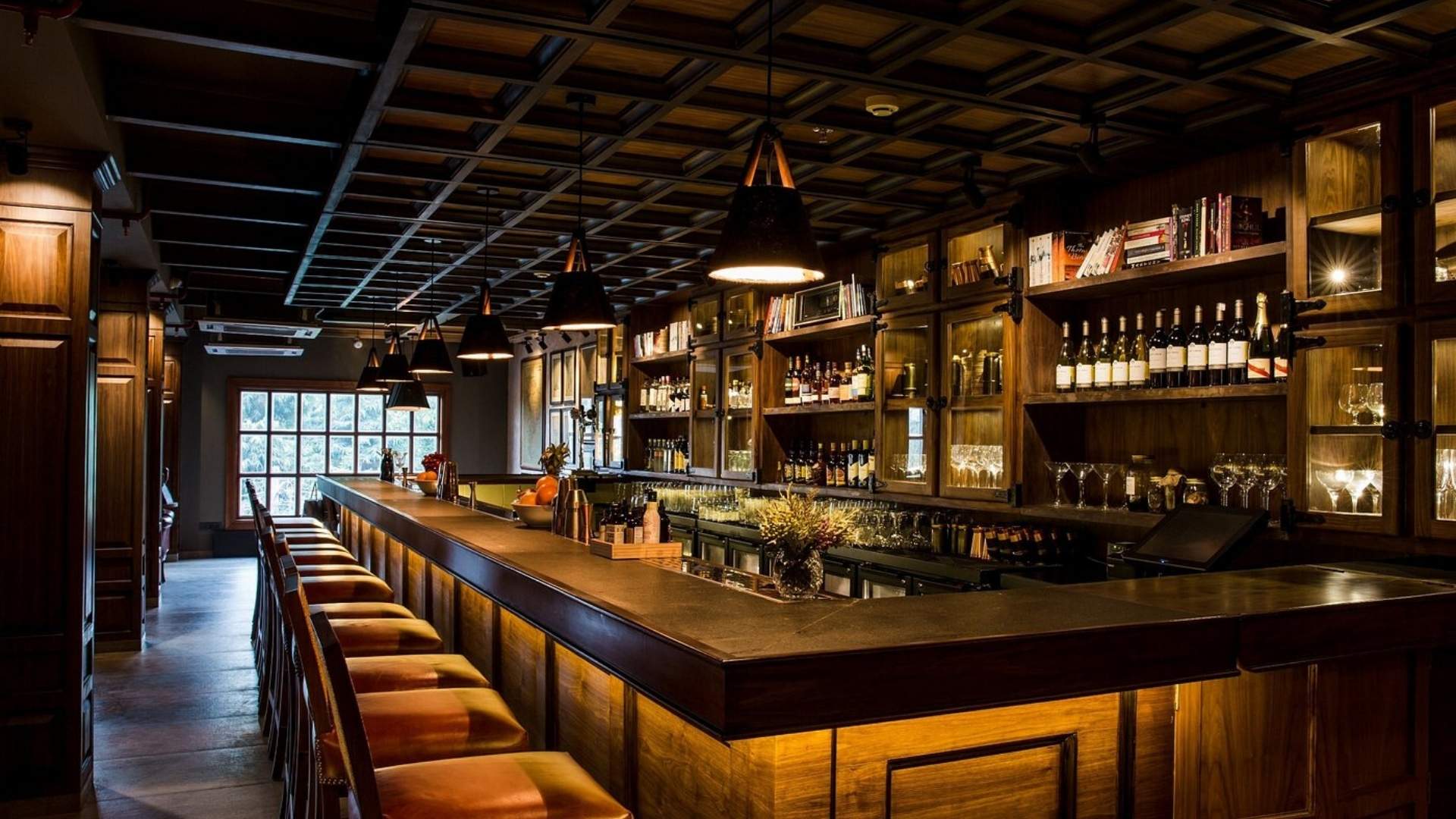
The interior of Sidebar is characterised by a vintage, classic ambience.
What factors are driving the rise of cocktail culture in India, and in what ways does it diverge from global trends?
The growth of cocktail culture in India is driven by urbanisation, rising disposable incomes, and shifting social norms that increasingly embrace alcohol consumption among younger generations. The emergence of trained mixologists and craft cocktail bars has elevated the quality and creativity of offerings. Importantly, the business is being led by passion rather than just profit—focused on customer experience, preferences, and social connection. Exposure through travel and collaborations is also propelling the scene forward, with both consumers and bar professionals continually learning and innovating. Moreover, the use of local flavours—regional spices, fruits, and herbs—adds a distinctive dimension that reflects India’s diverse culinary heritage.
Compared to global trends, India’s cocktail culture stands out for its emphasis on localisation and regional identity. While craftsmanship and premiumisation are valued globally, Indian mixologists prioritise cocktails that celebrate indigenous ingredients and cultural influences. Social media further amplifies this movement, showcasing visually striking, flavour-forward creations that embody India’s dynamic and evolving bar culture.
How are consumer preferences evolving in the cocktail space?
The Indian consumer’s taste in cocktails is evolving towards greater sophistication and experimentation, influenced by travel, globalisation, social media, and a growing appreciation for mixology. Consumers are exploring unique flavours, embracing local ingredients, and seeking health-conscious options. The rise of craft bars has elevated the drinking experience, fostering a deeper appreciation for the artistry of cocktail creation. Education is central to this shift, empowering consumers through mixology workshops, online resources, and improved bartender training. These initiatives inspire curiosity and experimentation with diverse flavour profiles. Cocktail festivals and similar events further expose audiences to varied styles and techniques, enriching India’s beverage culture and mirroring broader societal trends.
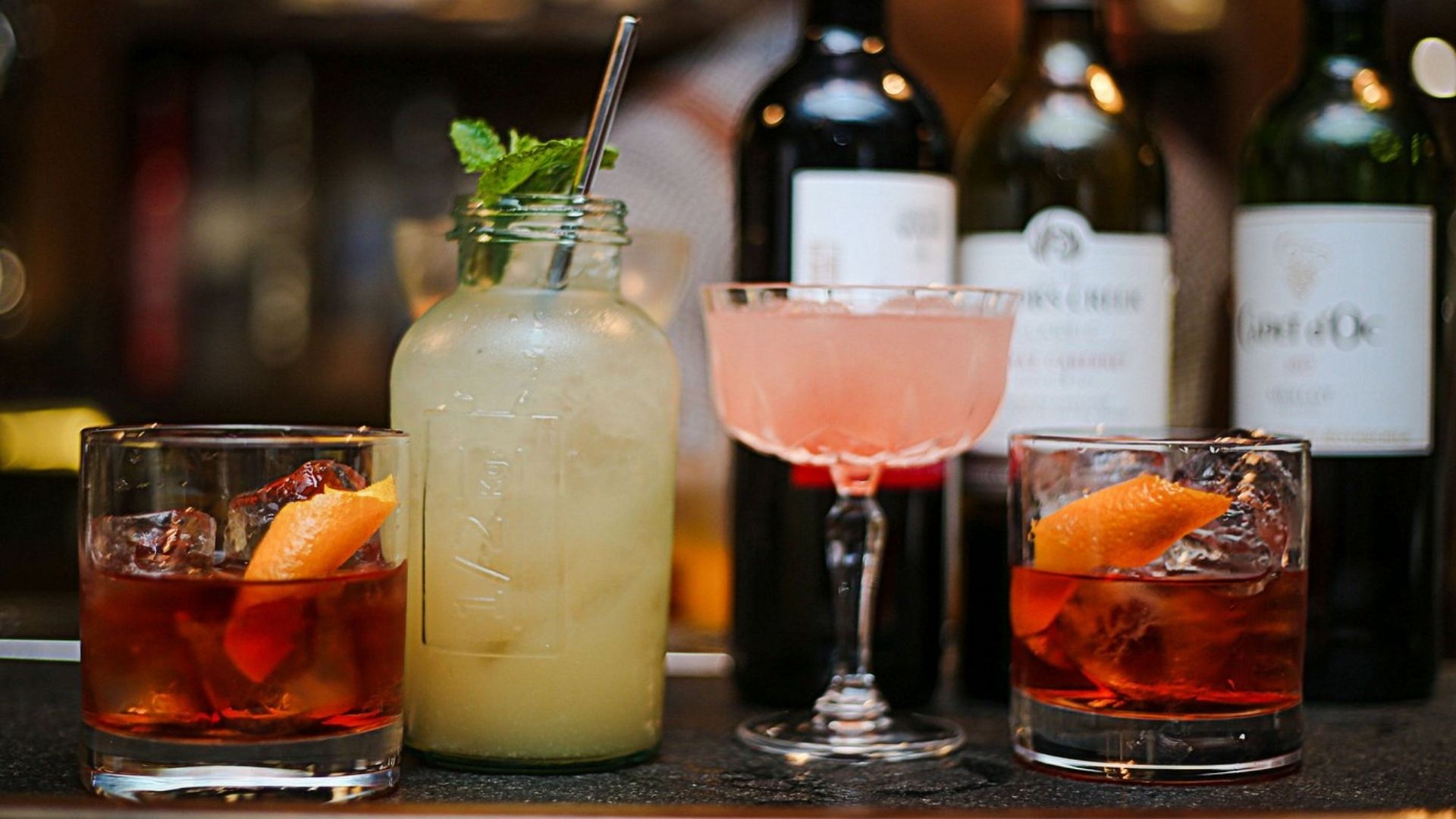
Despite challenges, entrepreneurs are leveraging local flavours and ingredients to make cocktails more
appealing,
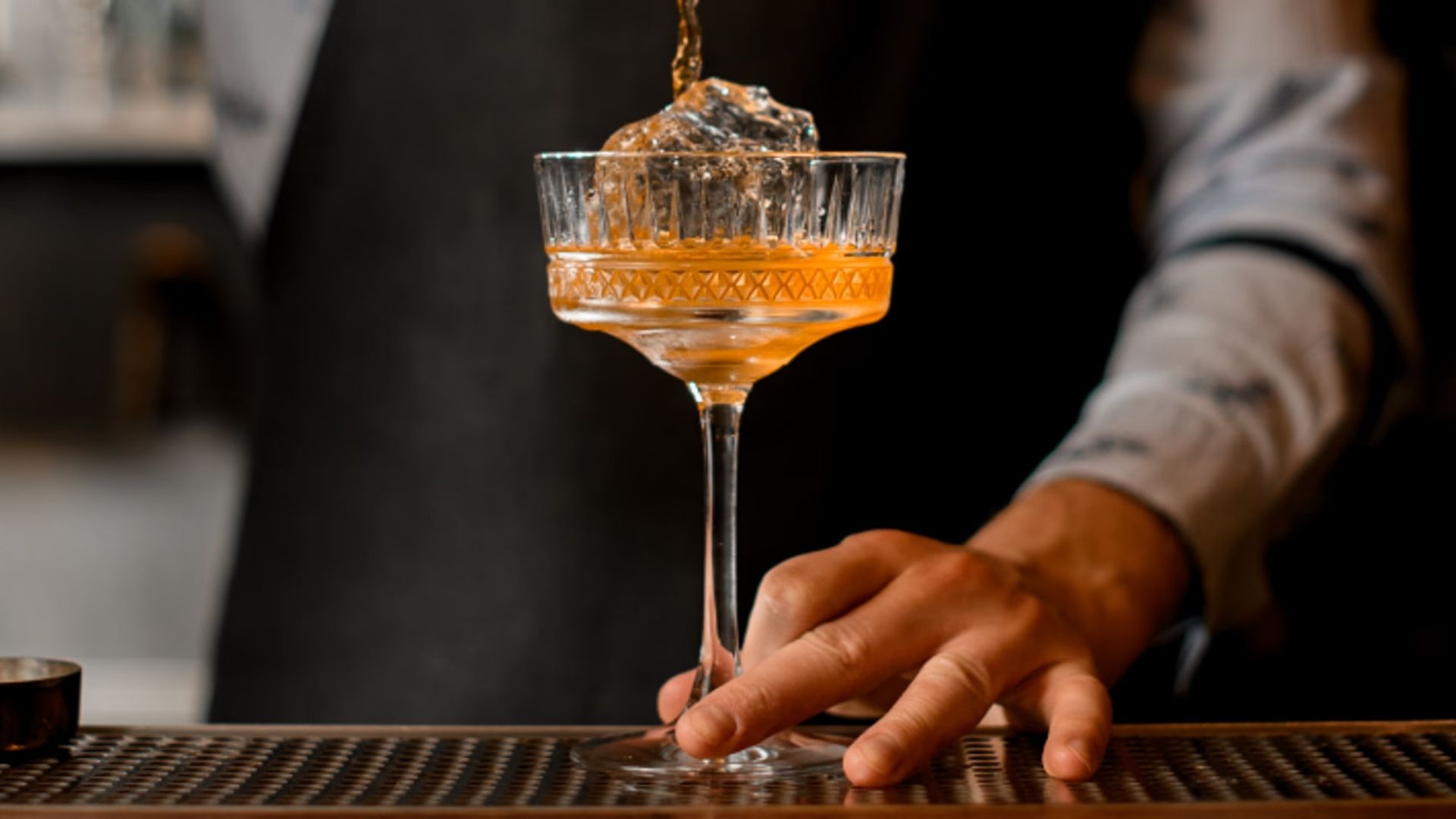
Yangdup Lama's cocktail at Sidebar.
How do you see the influence of Indian culinary traditions shaping the future of cocktails in the country?
Indian culinary traditions—rich in spices, herbs, and regional ingredients—are increasingly shaping the future of cocktails in the country. Bartenders and mixologists are drawing inspiration from the Indian kitchen, using traditional spices to craft distinctive flavours that resonate with local consumers while appealing to global palates. This emphasis on indigenous ingredients fosters a sense of place, deepens the cocktail experience, and showcases regional diversity.
The revival of regional spirits such as feni and mahua further enables bartenders to create innovative cocktails that celebrate India’s cultural heritage. As consumers seek authenticity and the stories behind their drinks, this movement is set to drive the evolution of Indian mixology, blending tradition with creativity to define a vibrant new cocktail culture.
How have Indian craft spirits—such as Amrut and Stranger & Sons—shaped both the domestic and global cocktail landscape?
The emergence of Indian craft spirits has significantly shaped both the global and domestic cocktail scenes by introducing unique flavours rooted in local ingredients and embedding Indian culture into mixology through storytelling. These brands inspire bartenders with specialised training and collaborations that foster creativity while promoting their spirits. They also engage consumers through tastings and immersive workshops that highlight craftsmanship and encourage exploration. This evolution has diversified cocktail menus and positioned Indian craft spirits as key players in the global beverage landscape, appealing to environmentally conscious consumers while celebrating regional heritage.
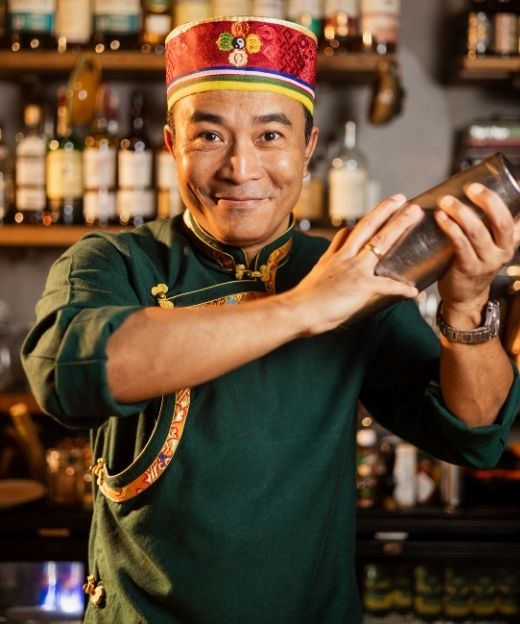
Yangdup Lama, moxologist & co-owner, Sidecar, The Brook, and The Old House in Nepal.
Bartenders and mixologists are drawing inspiration from the Indian kitchen, using traditional spices to craft distinctive flavours that resonate with local consumers while appealing to global palates.
Yangdup Lama
Moxologist & Beverage Influencer

Are there any regulatory or cultural barriers that hinder the growth of cocktail culture in India, and how can they be navigated?
The growth of cocktail culture in India faces significant challenges due to regulatory and cultural barriers. Alcohol laws vary by state, creating complex licensing processes and high taxation that hinder market entry. Cultural and religious beliefs also contribute to a lingering stigma around alcohol consumption, while traditional preferences still lean toward straight drinks such as whiskey and beer over cocktails.
Despite these challenges, entrepreneurs are leveraging local flavours and ingredients to make cocktails more appealing, supported by educational initiatives and workshops that foster acceptance. Focusing on metropolitan areas with more open attitudes enables cocktail establishments to thrive, while promoting responsible drinking and cultural sensitivity helps embed cocktail culture into India’s broader social fabric.
How are bars and restaurants adapting their cocktail menus to cater to India’s diverse palate?
Bars and restaurants in India are elevating their cocktail menus with clear concepts rooted in storytelling, freshness, and in-house mixes. Drawing on the country’s history, heritage, and diversity, Indian bars are expanding their offerings with remarkable variety. Bartenders are embracing traditional and modern methods of flavour extraction, preservation, and application—such as fermentation, pickling, distillation, cold-pressing, infusion, and sous-vide—to craft distinctive syrups, tinctures, and bitters from local, seasonal ingredients.
Techniques like fat-washing and smoking add depth, while fermentation brings tangy notes and intriguing textures. By incorporating these artisanal practices, establishments create cocktails that celebrate Indian flavours and culinary traditions while connecting patrons to the stories behind each beverage. With similar innovation applied to low- or no-ABV drinks, the excitement among Indian consumers continues to grow.
How are global trends and techniques influencing the way cocktails are created in India today?
International influences play a major role in shaping India’s cocktail culture by introducing global bartending trends and innovative mixology techniques. The rise of social media, increased travel, collaborations, and access to global learning platforms expose local bartenders and consumers to contemporary styles, inspiring the adoption of advanced practices such as molecular mixology. Collaborations with international brands and events featuring global mixologists foster knowledge exchange, enabling Indian bartenders to creatively fuse traditional ingredients with global flavours to craft distinctive cocktails.

By prioritising originality, creativity, and sustainability, bars can craft experiences that truly resonate with their clientele, says Lama.

















